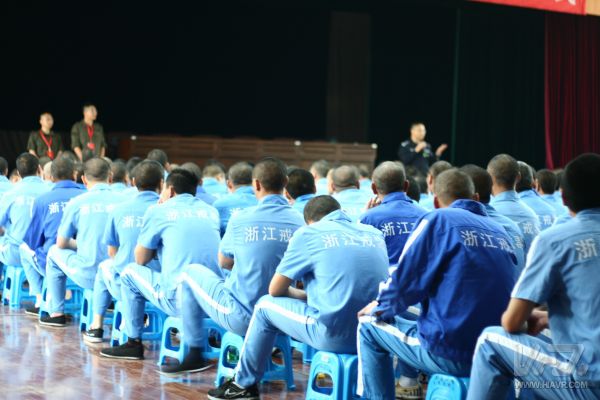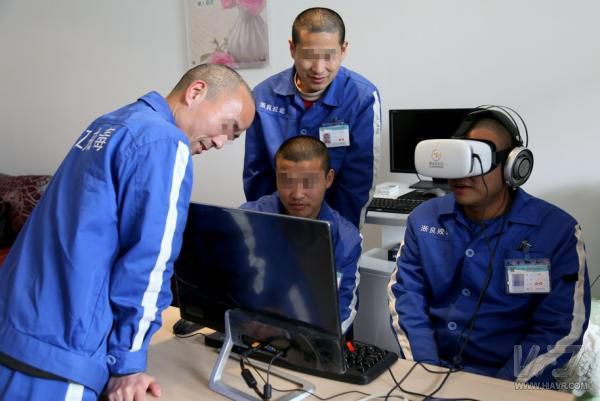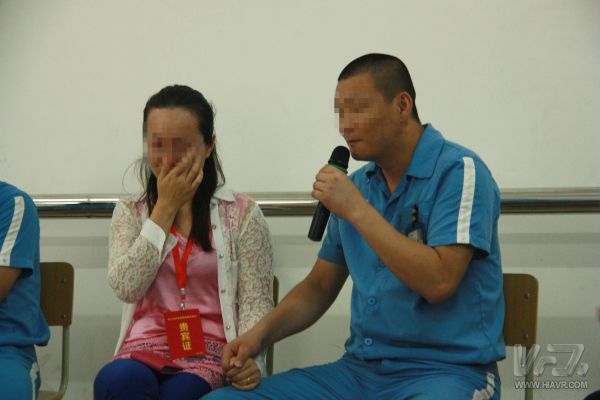In the dim memory of the forced separation scene at the detoxification center in Liangzhu, Zhejiang Province, I recall standing before a massive rehabilitation training center. The building was located right in front of the famous Liangzhu Cultural Site, with its clean and smooth walls and iconic landmarks like the "Yu-Yu Long" sculpture. The solemn four-character phrase "Good and Evil Detoxification" carved into the wall gave an overwhelming sense of grandeur and strength.
Looking out from that spot, there was a green football field where people played basketball and practiced tai chi. It felt just like being back on a university campus. At that moment, I thought to myself—if I hadn’t come here for drug treatment, I might have loved this place.

As the iron gate behind me slowly closed, I was pulled back to reality. During the early days of my stay, I felt lost and depressed every day. Even after a month of strict barracks-like training, I still struggled with resistance and didn't feel any real change.
At that point, I was introduced to VR technology.
VR, or Virtual Reality, is a cutting-edge immersive technology that projects 360-degree virtual environments, making users feel as if they are truly inside the experience. I had no idea that the Liangzhu Drug Addiction Treatment Center had invested heavily in this global technology to help individuals overcome their addiction. The principle is simple yet powerful: by showing realistic virtual images of the physical damage caused by drug use—such as skin ulcers and internal organ damage—it triggers emotional responses and alters the brain’s memory structure, particularly in the hippocampus. This helps create a deep subconscious aversion to drugs, leading to successful detoxification.

I was stubborn and skeptical at first. Could a machine really help me quit? It seemed hard to believe. But my commanding officer encouraged me to "just try it."
Reluctantly, I joined the others at the Education Correction Center. At first, the experience wasn’t very impactful—it was just some basic scenes of drug use. But as the treatment progressed, more intense and disturbing visuals began to appear: the physical consequences of drug abuse, such as open sores and severe health deterioration, made me shudder with fear. Then came the emotional scenes—crying relatives and abandoned friends. I became paralyzed, overwhelmed by the guilt and pain I had ignored for so long.
The images stirred something deep within me. I blushed and lowered my head, silently reflecting on my past actions.
Over time, the VR sessions helped shift my mindset. Detoxification wasn’t as bleak as I had imagined. Later, I participated in group psychological counseling, which gave me a new understanding of myself. With the support of the Yang Jun Police Officer's training program and lessons on traditional Chinese culture from the Educational Corrections Center, I gradually found clarity and a renewed sense of purpose.
What once was ignorance, blindness, and recklessness is now a distant memory. Today, I understand that a good life must be built through effort and choice. I’m still young, and I refuse to let drugs destroy my future. I will face this challenge with strong determination, overcome the addiction, and strive to return to a normal, healthy life.
This article was originally published in *Legal Law Daily Politics and Justice*. The author is Lu Yong, a detoxification officer at the compulsory isolation drug treatment center in Liangzhu, Zhejiang Province. To learn more about VR and AR technologies, follow the official WeChat public account "VR Platform."

What is Graphic Overlay?
Graphic Overlay is A thin polyester or polycarbonate substrate that acts as the top layer of a membrane switch.
Normally,it is silk screen printed or digitally printed onto the second (back) surface,
then adhesive is applied to the back for easy application.
Printing on the second surface allows the substrate to protect the printing from damage.
This process distinguishes an overlay from a label.
Graphic Overlay,Panel Mount Tactile Switch,Custom Front Panel Membrane,Panel Tactile Switch Membrane
CIXI MEMBRANE SWITCH FACTORY , https://www.cnjunma.com